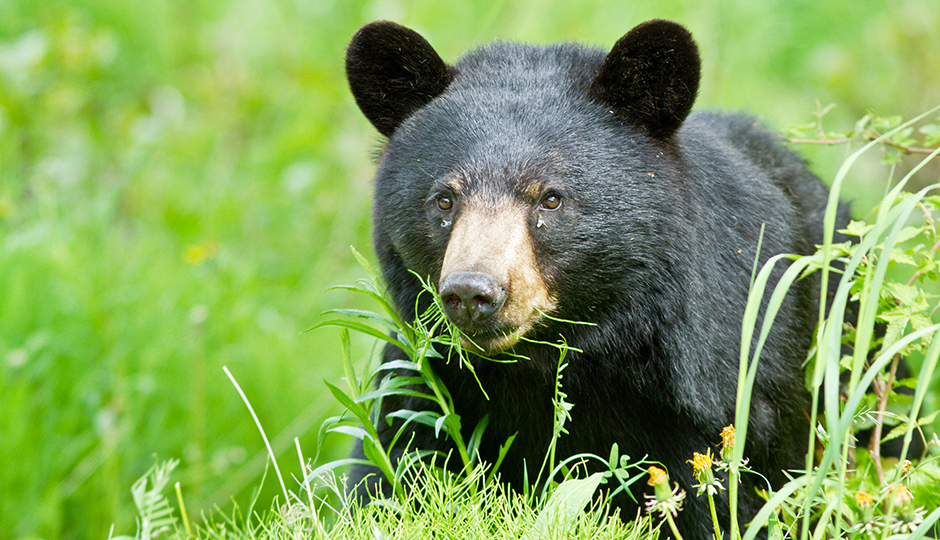Current forest management practices are bringing the woodland caribou face to face with its main predator, the black bear. Both species are attracted to clear-cut areas in the spring, to the detriment of young caribou, which become easy prey.
This situation is of concern to Martin-Hugues St-Laurent, a professor of Animal Ecology at Université du Québec à Rimouski, whose studies have confirmed a link between intensified timber harvesting, the presence of black bear and declining woodland caribou populations. His latest analyses show that the survival rate of caribou calves in managed forest in Saguenay–Lac-St-Jean is just 53% in the month following birth; close to 60% of deaths are due to black bear predation.
Human-induced disturbances such as clear-cuts and forest roads facilitate black bear access to caribou calves.
Professor St-Laurent recorded the movements of caribou and black bear using telemetry collars. On analyzing the caribou's behaviour, the scientist observed that those that avoid developed areas have a higher survival rate, since they rarely encounter predators. Conversely, human-induced disturbances such as clear-cuts and forest roads facilitate black bear access to caribou calves, particularly during the calving period. In search of food to replenish their energy reserves after the winter, both species are drawn to cleared areas with their abundant protein-rich new plant growth.
Martin-Hugues St-Laurent emphasizes the importance of adopting forest management practices that are more favourable to caribou than to black bear, such as new partial harvest methods. He hopes that these findings will encourage policy makers to better balance the needs of the forestry industry with the legal obligation to protect the caribou, which has been listed as an endangered species since 2005.




